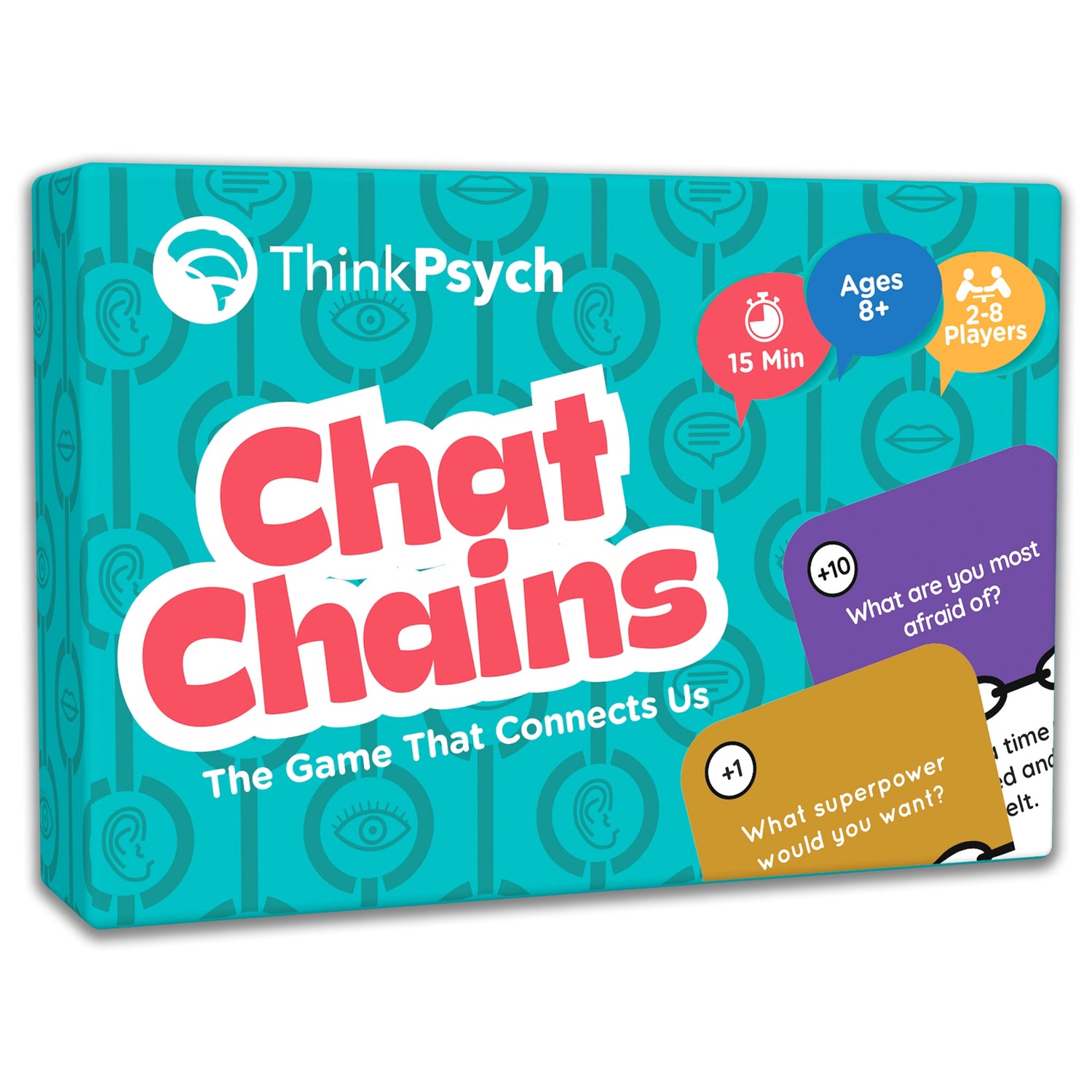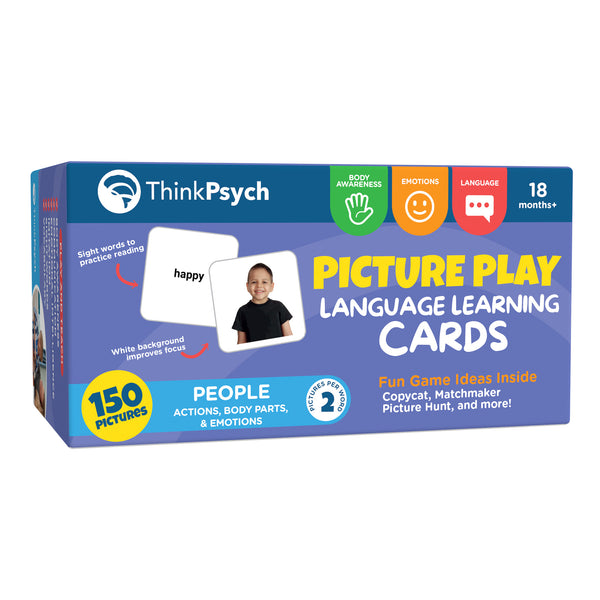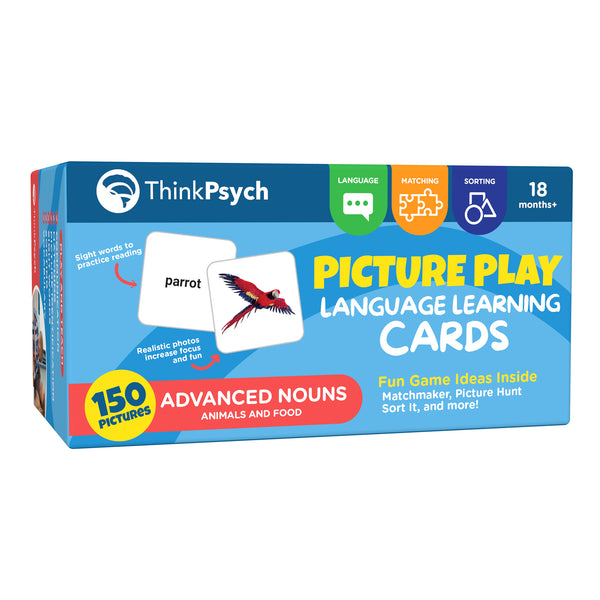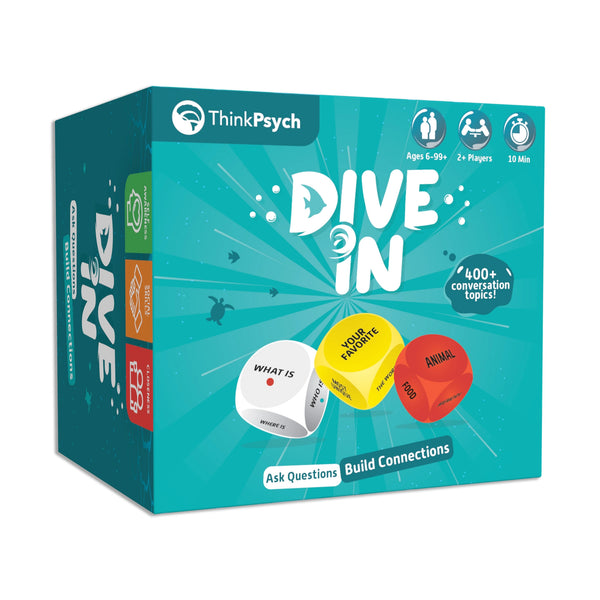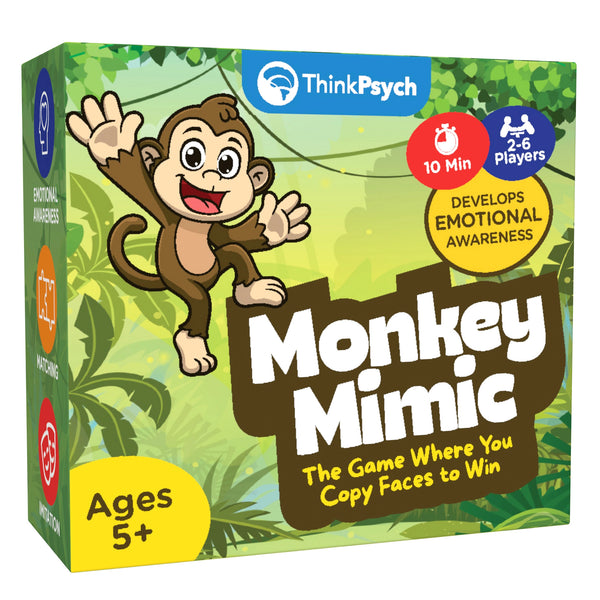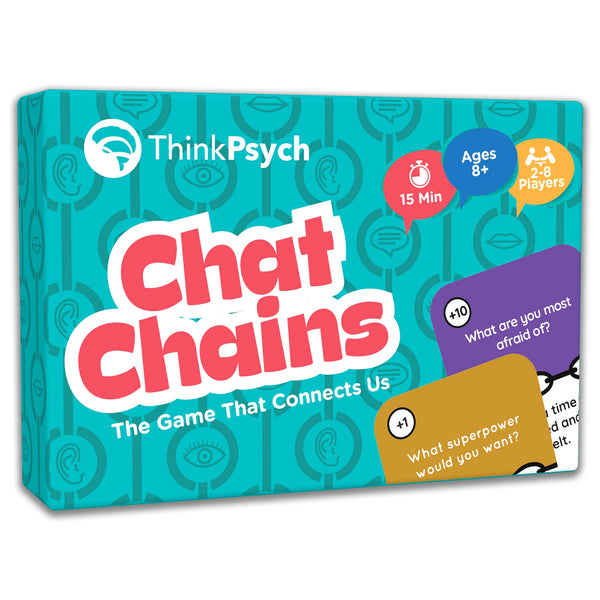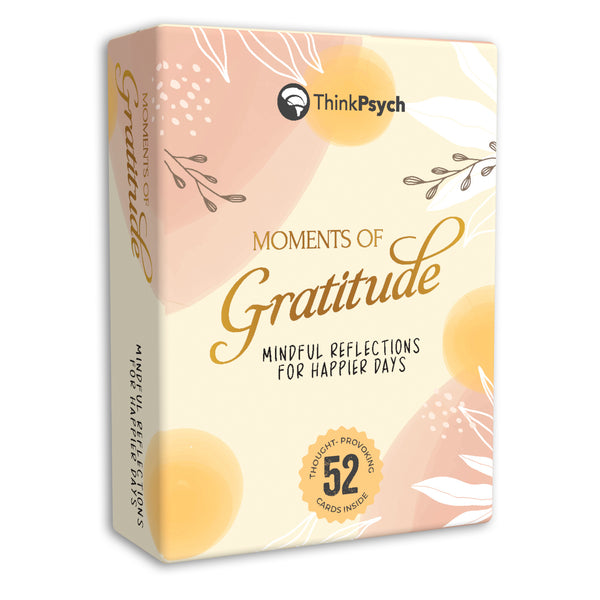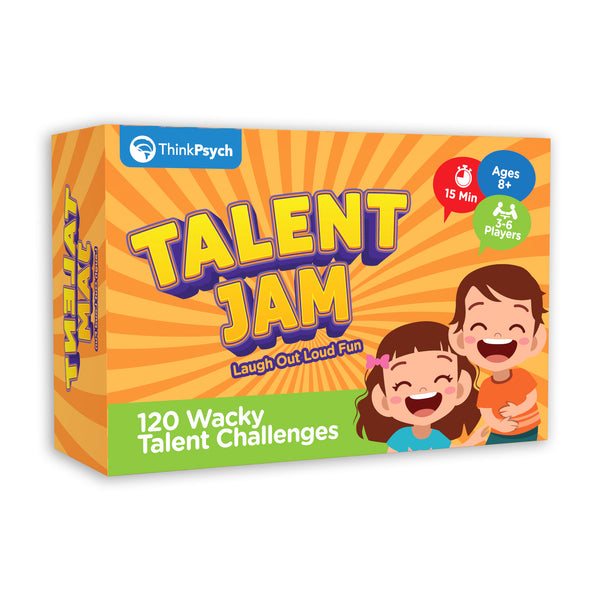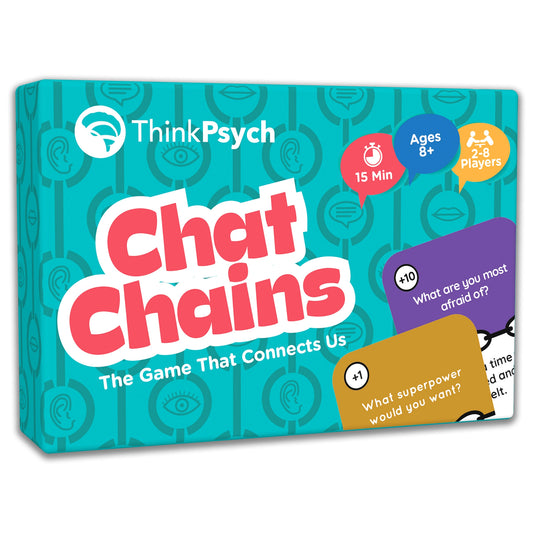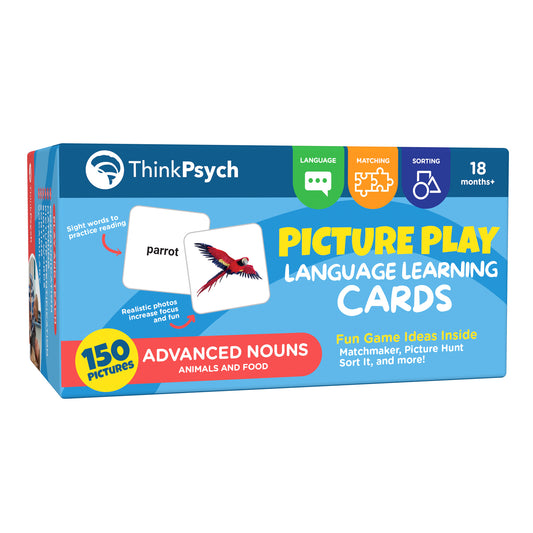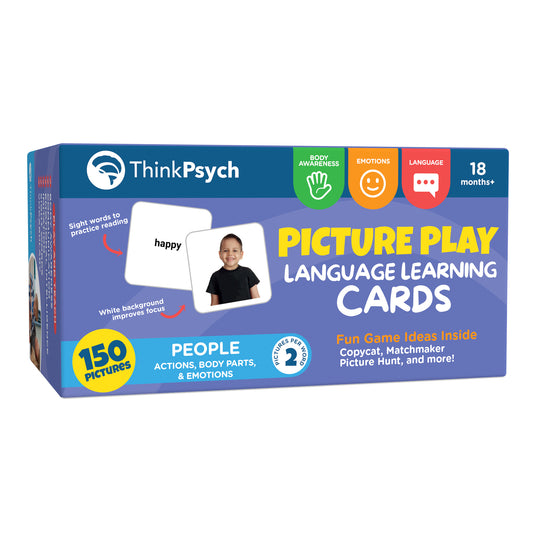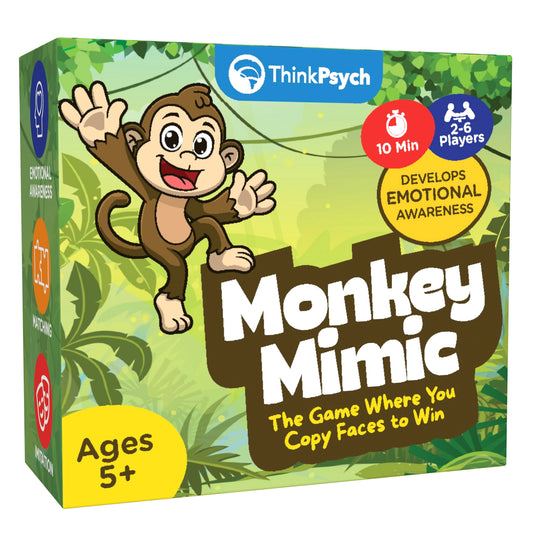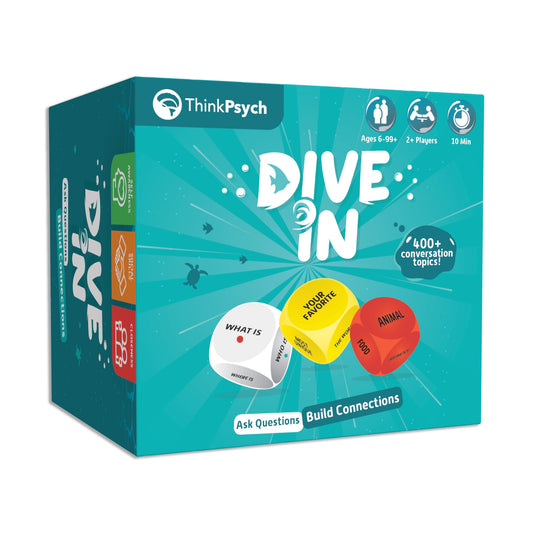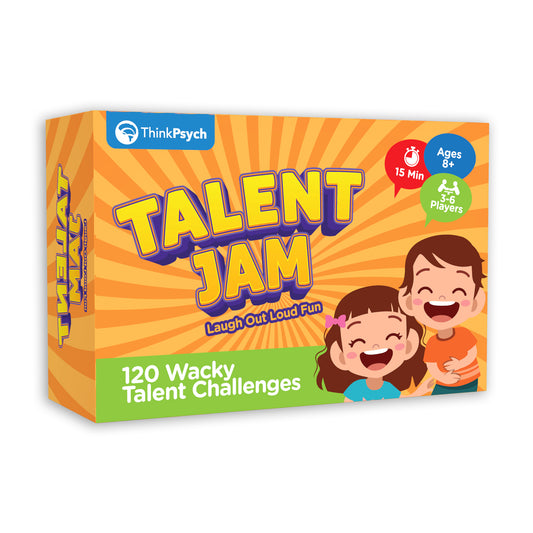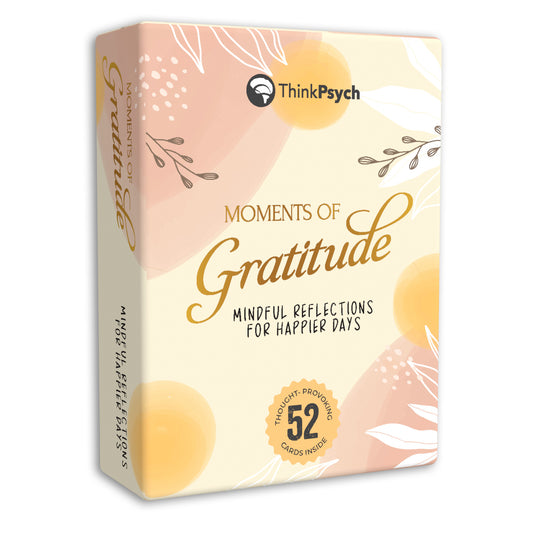
Happy, Relaxed, and Engaged in Today's ABA
Share
Applied Behavior Analysis (ABA) therapy practices have seen many changes in recent years. One of the most notable changes in the field is the shift toward what many call “today’s ABA.” Dr. Greg Hanley and other progressive behavior analysts have encouraged this move toward forward-thinking ABA practices. One key feature of today’s ABA is the concept of a child being happy, relaxed, and engaged before teaching them skills or focusing on behavior reduction.
What is happy, relaxed, and engaged in ABA?
The concept of happy, relaxed, and engaged (HRE) is simple. The goal is to first get a child to a calm and comfortable place before providing learning opportunities. Pairing and establishing rapport is a typical component of initial therapy sessions. However, today’s ABA practices involve extra steps toward ensuring a child feels safe and ready to learn. Each child is unique, so achieving HRE will be different for everyone. Ensuring that a child is happy, relaxed, and engaged before placing demands is a compassionate and trauma-assumed mode of ABA. This manner of therapy vastly contrasts compliance-based methods, which have historically been at the forefront of ABA.
How do you achieve HRE?
Before addressing skill development and reducing interfering behaviors, a child has to feel safe and comfortable in their environment. Therefore, the start of progressive ABA sessions focuses on meeting a child where they’re at and establishing a welcoming environment.
Learn about the child
The first step in establishing HRE is listening to the child and their loved ones to understand who they are as a person, what is important to them, and what they hope to achieve through therapy. Learn about the child’s likes, dislikes, skill strengths, areas of need, and preferred modes of communication. Also, gather information about what they may be attempting to communicate by engaging in interfering behaviors. For example, if the child engages in self-injurious head-banging, what is the function of this behavior? What are they communicating when they bang their head? Are they overwhelmed and attempting to escape an aversive situation? Are tasks too challenging, too easy, or not preferred? There are many factors to consider to determine what the child wants to communicate through their behavior. Defining the ‘why’ behind your learner’s behavior is a vital first step.
Create joy
If you’re looking to get your learner to a happy, relaxed, and engaged state, naturally, you’ll want to aim to create joy. Using the information gathered in interviews with your learner and their loved ones, create a therapeutic environment that will promote a happy, relaxed, and engaged state. Enrich the environment in a way that will make your learner feel safe and in control, providing access to items and activities that are enjoyable and motivating to the child. Every child has different interests and motivations. Check out 101 Reinforcement Ideas for Students with Autism to gather ideas for environmental enrichment.
When creating joy, therapists should place no demands on the learner. Allow them free access through their environment, following their lead. You will also respond to all of your learner’s attempts to communicate with you, whether they’re communicating with speech or through their behavior. Getting your learner to achieve HRE will likely take time and trial and error. Continue making changes until you find what works best for your learner.
What are the benefits of a happy, relaxed, and engaged approach to ABA?
By creating an environment where our learners are happy, relaxed, and engaged, the likelihood of them engaging in interfering or challenging behaviors is minimal. Children who are happy, relaxed, and engaged with their therapists are more prepared to learn and grow. Consider your own experiences. Do you learn best under pressure and in an unpleasant environment, or do you learn better when you’re comfortable and feel safe? Children who are in a constant state of emotional distress during therapy sessions are likely to experience trauma. When dysregulated, children are also unlikely to acquire and maintain the skills you are attempting to teach. Furthermore, HRE also encourages an enjoyable environment for the therapists and caregivers.
Customer Favorites From Our Store
What are other features of Today’s ABA?
Achieving HRE is only one aspect of today’s progressive ABA practices. Other factors include:
- Child-led care. Rather than a therapist directing all aspects of therapy, the child is allowed to lead. This involves following the child’s motivation and building goals around their interests.
- Empowering the learner through self-advocacy. Children with special needs are more likely to be the recipient of abuse and maltreatment, making compliance-based treatment particularly dangerous. Rather than teaching children to listen and comply with anything an adult says, progressive ABA therapists believe in teaching and encouraging self-advocacy skills.
- Teaching and systematically shaping socially significant behaviors. Social significance is first based on what is important to the child. The skills taught are those that the learner communicates a desire to learn and/or skills that will benefit their overall quality of life.
- Assent-based treatment. In today’s progressive ABA, children can opt out of treatment when they no longer want to participate. Assent-based care is fundamental to the concept of happy, relaxed, and engaged. When HRE has been achieved, the child is much more likely to assent to treatment.
Wrap up
When providing compassionate care using progressive ABA techniques, including encouraging happy, relaxed, and engaged learners, clinicians can make more progress than through compliance-based strategies. By establishing an environment where children are happy, relaxed, and engaged with those around them, we can make meaningful changes in the lives of our learners and their families.
References
https://www.cdc.gov/ncbddd/disabilityandsafety/abuse.html
https://www.hopebridge.com/happy-relaxed-engaged-children-in-aba-
https://practicalfunctionalassessment.com/2021/09/09/a-perspective-on-todays-aba-by-dr-greg-hanley/
